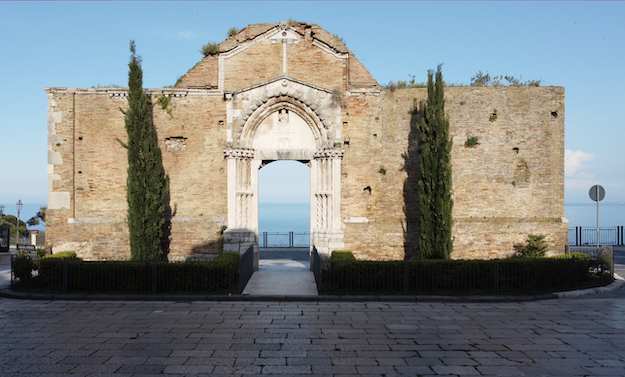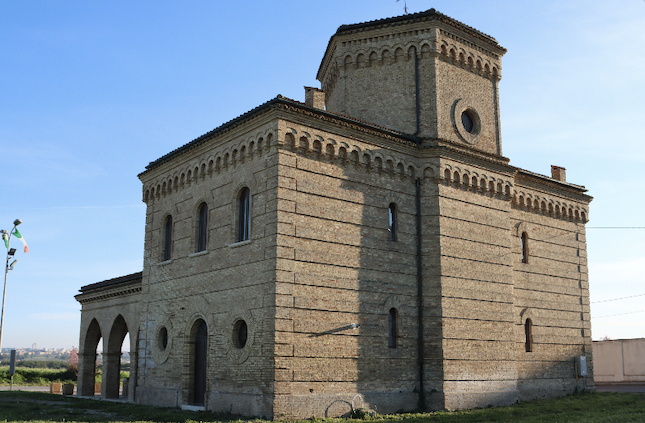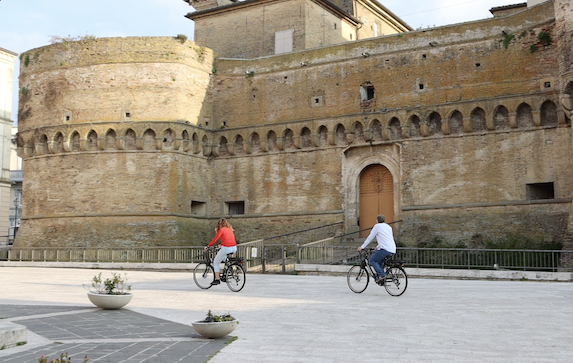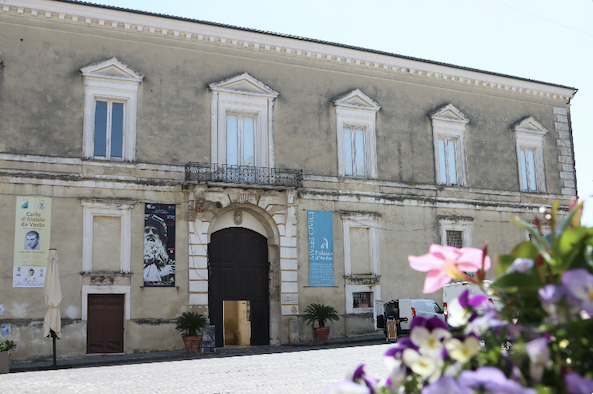CULTURe
Only with us can you truly understand the territory, its history, its culture.
To make you understand Vasto, we have carried out a long and precise investigation. With the eyes of those who, like us, have traveled the world and with the love and passion that only those who still carry the land of their childhood in their hearts are able to cultivate.
Our research has allowed us to understand many things about Vasto that are often misrepresented or misrepresented in historiography and local guides. We can thus explain them to visitors in a simple and clear way, making it clear that the development and architecture of the city are the result not of small local facts, but of epochal events such as the entry into the Holy Roman Empire in 802. the Swabian troops in the conquest of the Kingdom of Sicily in 1194, the advent of the lordship of Caldora in 1422, the arrival of the Austrians in 1713, the entry into the Bourbon period in 1734 and the active participation in the revolts of 1799 and 1821.
In the same way, seen from a broader perspective, the characters who name the places in the city finally come to life and through their stories we can understand the changes that have marked previous times and which today constitute the substratum of our culture. Thus, finally, we are still told by the anti-Catholic patriot Gabriele Rossetti, Count Enrico Trivelli executed by Pope Clement XII, the Austrian conspirator the Marquis Cesare Michelangelo d’Avalos, among many others.
In qualche modo, ci racconta ancora anche il patrono di Vasto, che San Michele, giunto probabilmente in zona travestito da dio Mitra, indossò quelli dell’Arcangelo, poi quelli lasciati dal longobardo Odino e successivamente gli fu concesso l’ordine di Gran Maestro dei Carbonari nella Cattedrale di San Giuseppe prima di rientrare tra le mura amiche tra gli altri arcangeli, compresi quelli ufficialmente rinnegati dalla Chiesa.
What the stones of Vasto and the biographies of the people of Vasto tell us is that Vasto has always been a frontier land. Although today it appears on maps comfortably in the center of the nation, its history is that of a place of conquest in which countless dominations have followed one another and all have left some traces in the local culture, especially in the material one.
In Vasto you will admire mosaics of the North African school, altarpieces of the Albanian school, you will participate in secular cults of the Croatian tradition, you will walk through places named after Austrian notables or Spanish marquises, all in a city rebuilt by the Lombards under the Romans. remains and is named after a Frankish champion of the court of Charlemagne.




Figurative art, in Vasto, is therefore a daily experience. To offer you this element of our local culture, at Best Vasto we have given space to those who, in our opinion, are today the most significant artists of our territory.
In fact, in our room you can have breakfast in front of the splendid majolica mural “…and I will dream of the sea” by Michela Monteodorisio. The artist from Vasto, owner together with her husband Giuseppe Buono of the “Creta Rossa” workshop, resumes the presence in the city of some Neapolitan majolica from the eighteenth century (gardens of Palazzo d’Avalos, church of San Teodoro in Palazzo Ciccarone) and in recent years has carried out several renovations in the medieval district of Santa Maria, creating wonderful views today among the favorite corners of Vasto and tourists.
Afterwards, you will have the opportunity to combine your gastronomic experiences with a real exhibition in our restaurant, the Taverna del Vasto. In the two rooms created in the workshops of an early 19th century building, you will find a rotating personal exhibition of a local artist. The permanent collection that is exhibited when there are no storms is the Best Vasto collection of works by the artist Paolo De Giosa, a very skilled composer of portraits based on historical documents taken as a basis: notarial notes from 1801, newspapers from the 80s and ‘ 60, magazine clippings and more.
The union between the historical dimension and the evocative capacity of De Giosa’s line has led us to choose him as the most representative author of what we think art should be today in a historical context such as that of Vasto: craftsmanship, materiality, conscience .

